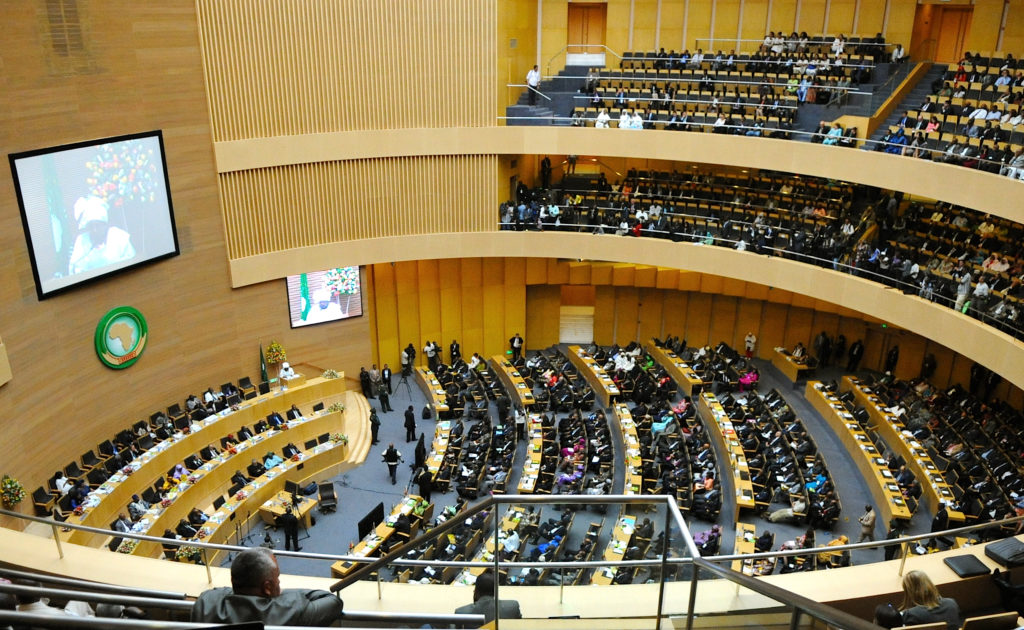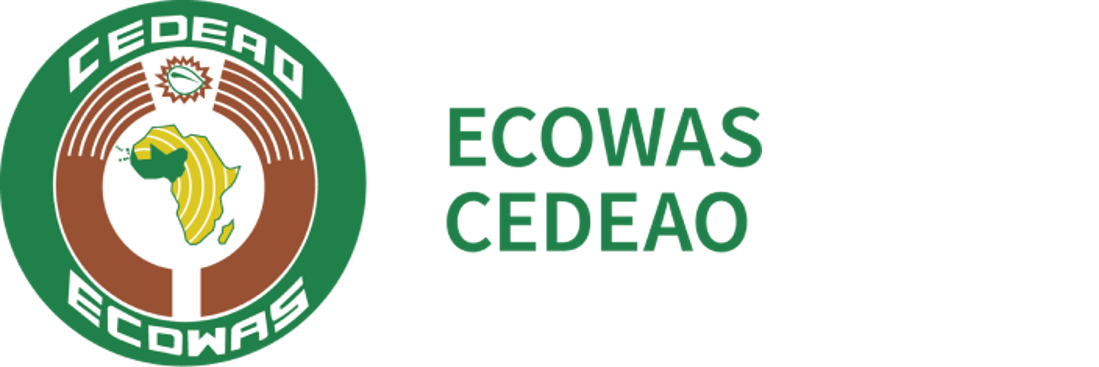The integration of regional economic communities in Africa was at the very core of forming the Organization of African Unity in 1963. The organization, after its formation, looked at ways in which they can help Africa become more economically integrated. A lot of African countries were still fighting for independence, while only a few had achieved it. This made it close to impossible to realize their goal.
The beginning of Regional Economic communities in Africa
In 1980, African countries signed and put into effect the Lagos Plan of Action for the Development of Africa. They followed up with a treaty in 1991 to establish the African Economic Community, which gave way for the formation of regional economic blocks.
Since then, there have been 8 Regional Economic Communities (REC) established across Africa. These blocs are:
- Arab Maghreb Union (UMA)
- Common Market for Eastern and Southern Africa (COMESA)
- Community of Sahel-Saharan States (CEN-SAD)
- East African Community (EAC)
- Economic Community of Central African States (ECCAS)
- Economic Community of West African States (ECOWAS)
- Intergovernmental Authority on Development (IGAD)
- Southern African Development Community (SADC)
The biggest challenge with Regional Economic Communities is the overlap in memberships. One example is that in East Africa, Kenya and Uganda are members of both the EAC and the COMESA. After withdrawing with COMESA, Tanzania is a member of both the EAC and SADC. Despite this issue, the REC’s have been a success in Africa.
Arab Maghreb Union (UMA)
This REC established on 17 February 1989 comprises Algeria, Libya, Mauritania, Morocco and Tunisia. The union, however, has failed to take off as expected. Although it is still active, its members are embroiled in unending disagreements with the most contentious issue being the Western Sahara region, which Morocco and Algeria deeply disagree on. Many experts close to power and who understand this region agree that the union is dormant.
The last time a high-level meeting between the member states happened was on 3rd July 2008. The union has a total population estimates as of 2019 of 101 million people and a GDP in PPP terms of $1.276.100 trillion and GDP in nominal terms $421.5 billion. This makes it one of the biggest and richest REC in Africa.
Common Market for Eastern and Southern Africa (COMESA)
COMESA has a membership of 19 countries: Burundi, Comoros, DR Congo, Djibouti, Egypt, Eritrea, Ethiopia, Kenya, Libya, Madagascar, Malawi, Mauritius, Rwanda, Seychelles, Sudan, Swaziland, Uganda, Zambia, Zimbabwe.
The organization, formed in December 1994, has its headquarter in Lusaka, Zambia. It has a population of 520 million, a nominal GDP of $730.4 billion and covers 12 million square kilometres.
COMESA has been in the forefront fighting for sustainable economic development, promoting joint development in all countries and ensuring that there is political stability across the region. They have also created a free trade area that has enabled foreign investment across the region. The organization has also negotiated with other international partners, bringing its total global trade to $235 billion.
Community of Sahel- Saharan States (CEN-SAD)
The region comprises 29 African nations with Nigeria being the largest economy. Its members include; Benin, Burkina Faso, Central African Republic, Chad, Comoros, Côte d’Ivoire, Djibouti, Egypt, Eritrea, the Gambia, Ghana, Guinea-Bissau, Libya, Mali, Mauritania, Morocco, Niger, Nigeria, Senegal, Sierra Leone, Somalia, the Sudan, Togo and Tunisia.
Established in February 1998 following the Conference of Leaders and Heads of States held in Tripoli, Libya. Its headquarters are in Tripoli, Libya. It has a population of over 600 million, a GDP of over $1.5 trillion, covering 14.3 million square miles in landmass.
The organization has emphasized the need to create a free trade area, while negotiating as a united front, trading and negotiating with both internal and external countries and ensuring member states are stable.
East African Community (EAC)
The EAC comprises 6 member states; Burundi, Kenya, Rwanda, South Sudan, Tanzania, and Uganda. It was established in 1967 by Kenya, Uganda and United Republic of Tanzania. After 10 years, the new organization was dissolved. It was however re-established in 2007 and has been in operation since then going further to gain 3 more members.
It has created a single market for the member countries, visa-free travelling and has undertaken projects as a union. The organization has also been calling for African integration. As a demonstration of this, they signed an agreement with COMESA and SADC to create a free trade area within the three organizations. Although this has not yet been ratified, the move is expected to help the economic development of the member states.
The region has a population of 173 million, a nominal GDP of US$163 billion and covers an area of 2,467,202 square kilometres.
Economic Community of Central African States (ECCAS)
The community has a membership of 11 states; Angola, Burundi, Cameroon, Central African Republic, Chad, Congo, Democratic Republic of the Congo, Equatorial Guinea, Gabon, Rwanda and Sao Tome and Principe.
Established in 1983, ECCAS remained inactive for years due to political instability in the region. Wars like the DRC war where some of its member states were fighting on different sides and financial constraints were some of the reasons behind the inactivity.
Despite the initial difficulties, the organization has created a customs free zone across the region, led to the end of quantitative restrictions and other trade barriers in the region, harmonized trade unity among member states and has promoted peace within the region since its inception. It has a GDP of $251 billion, a population of around 181 million and covers 6.5 million square kilometers of landmass.
Economic Community of West African States (ECOWAS)
ECOWAS boasts of a population of over 390 million, a nominal GDP of over $650 billion and a total surface area of 5,114,162 square kilometres.
Founded on 28 May 1975 with the signing of the Lagos treaty, the organization began implementing economic integration across the region. The region has been successful in negotiating for better products for their minerals, creating a free trade area and recently came up with the idea of a single currency called ECO across the region. They plan to roll out the Eco next year, 2020.
The member states of ECOWAS are: Benin, Burkina Faso, Cabo Verde, Côte d’Ivoire, The Gambia, Ghana, Guinea, Guinea Bissau, Liberia, Mali, Niger, Nigeria, Senegal, Sierra Leone and Togo.
Intergovernmental Authority on Development (IGAD)
The IGAD has 8 member states: Djibouti, Ethiopia, Eritrea, Kenya, Somalia, the Sudan, South Sudan and Uganda.
Since its formation, it has focused on political stability and increased trade engagements between member states. For instance, in 2006, in collaboration with other African nations and AMISOM, IGAD launched a mission in Somalia, a region that had been plagued by Al Qaeda linked terrorists to try and stabilize the region.
The organization has also been on the forefront calling for the opening of African markets to member states and proposing the free trade agreement be signed to help African nations to optimize their economic output.
The region has a nominal GDP of over $240 billion, a total area of 5,204,977 square kilometers and a population of over 190 million.
Southern African Development Community (SADC)
SADC is one of the largest trade organization in Africa, with a population of over 345 million and a nominal GDP of $726 billion. It also covers an area of over 10 million square kilometres. The member states of SADC are: Angola, Botswana, the Democratic Republic of Congo, Lesotho, Madagascar, Malawi, Mauritius, Mozambique, Namibia, Seychelles, South Africa, Swaziland, Tanzania, Zambia and Zimbabwe.
The idea to form the organization arose in the 1960s and 1970s with member states doing bilateral trades. However, there was a need to establish a more permanent organization where member states could enjoy a free trade area and in 1980, the organization came about.
The organization has been a success mostly addressing day-to-day concerns of developing nations in Africa, and challenging other communities to join hands, corporate to establish a big economic zone in the region. It has led by example where it joined hand with COMESA and EAC to form a three regions block for free trade, which is expected to be the largest in Africa.

